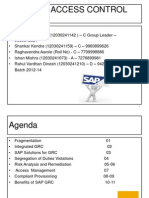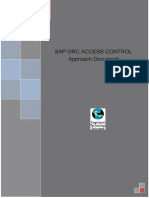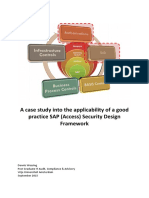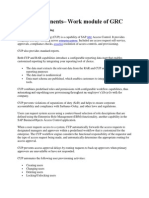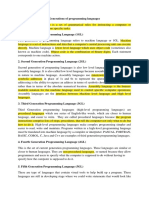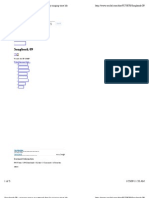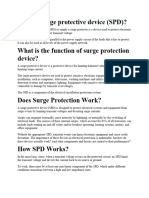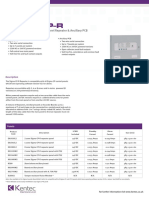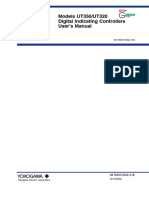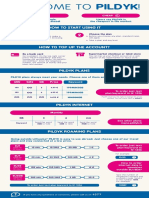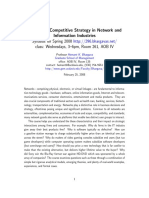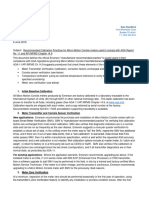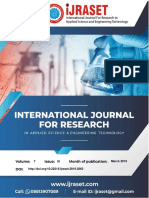0% found this document useful (0 votes)
20 views40 pagesAti Sap GRC Ac10 Introduction
The document provides an overview of SAP GRC Access Control 10.0, detailing its features and benefits in managing governance, risk, and compliance within organizations. Key highlights include improved user access management, centralized emergency access, and enhanced identity management integration. The document emphasizes the importance of harmonization and a unified compliance platform to streamline processes and minimize risks.
Uploaded by
himanshugaur029Copyright
© © All Rights Reserved
We take content rights seriously. If you suspect this is your content, claim it here.
Available Formats
Download as PDF, TXT or read online on Scribd
0% found this document useful (0 votes)
20 views40 pagesAti Sap GRC Ac10 Introduction
The document provides an overview of SAP GRC Access Control 10.0, detailing its features and benefits in managing governance, risk, and compliance within organizations. Key highlights include improved user access management, centralized emergency access, and enhanced identity management integration. The document emphasizes the importance of harmonization and a unified compliance platform to streamline processes and minimize risks.
Uploaded by
himanshugaur029Copyright
© © All Rights Reserved
We take content rights seriously. If you suspect this is your content, claim it here.
Available Formats
Download as PDF, TXT or read online on Scribd
/ 40



